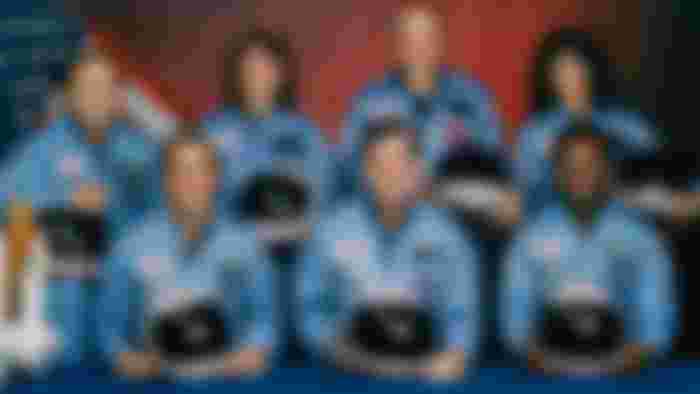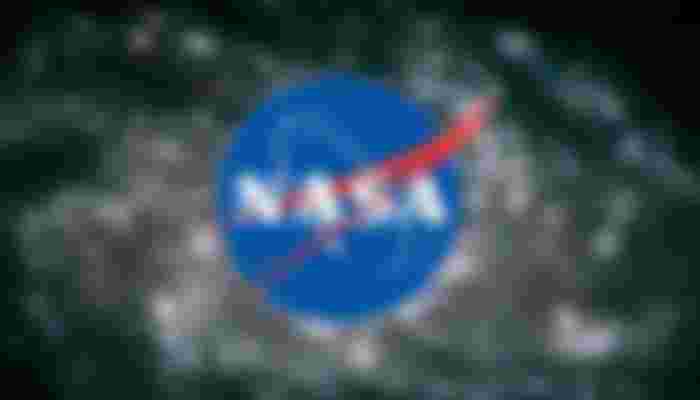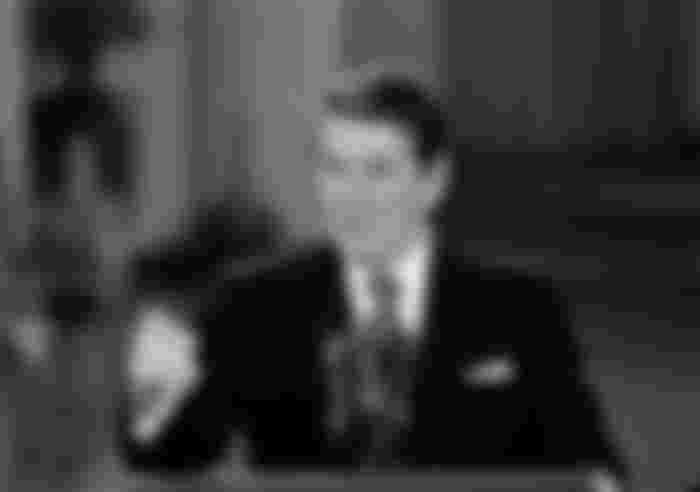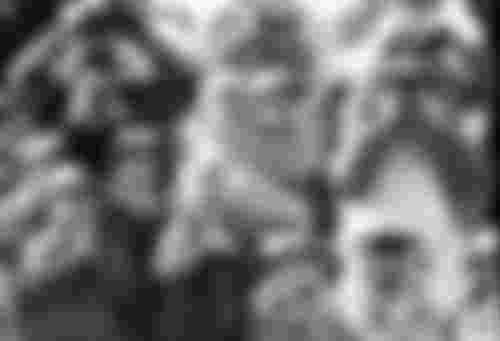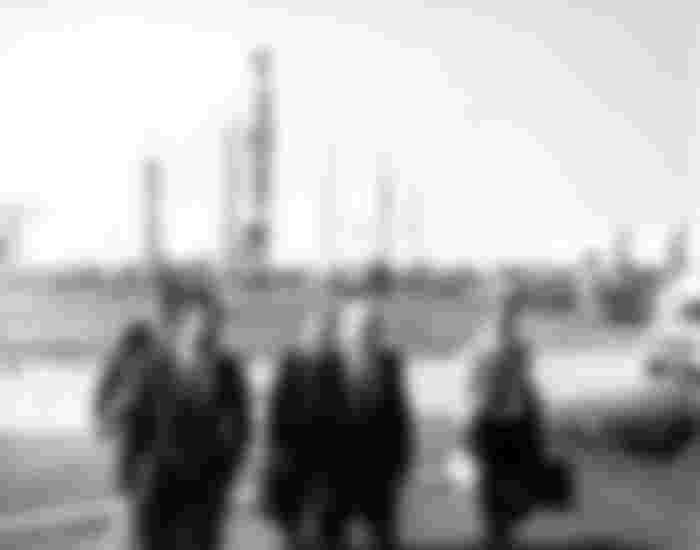It is said that the launch of the Challenger on January 28, 1986 was a festival of NASA. Known for sending Christa McAuliffe, the best civilian school teacher, into space, the Challenger launched a seven-seater crew into orbit around the world. NASA was preparing a special stream for college students across the state to see the shuttle take off and seeing young Florida young people living in school near Cape Canaveral. However, after 73 seconds of launch, a disaster occurred.
Shuttle hardware broke down due to unexpected weather, rocket launchers hit the ship, and as a result, the combat department flew to the Atlantic Ocean.
Almost every American knows what happened to the challenger, but few realize the consequences of his destruction of NASA's public moral and security standards. President Reagan faced the daunting task of contacting the state and protecting fragile and problematic information from events. As a result of the tragedy, a major overhaul of internal control and control began. Independent contractors began inspecting NASA, and evacuation procedures were in place to prevent another disaster, like the Challenger.
To understand space travel today, it's important to know what happened after the Challenger explosion.
The Crew Compartment Contained The Remains Of All Seven Members On Board :

Six weeks after the crash, search and rescue teams found a crew on the seabed. It contained the remains of all seven astronauts. However, the remains were difficult to find and the rest consisted of many parts and wires.
Pathologists at the Soldier Pathology Institute were helped to identify the remains and eventually confirmed that they belonged to seven of the Challenger crew.
The union was severely damaged, making it difficult for the search team to find the team. They asked to take the ship to the deck of the ship. In the process, the rescue team lost Gregory Jarvis, swimming when the crane pulled out of the sea. Despite tremendous effort, it can take months to move Jarvis' remains about 200 meters from where it was lost.
NASA Initially Said Crew Members Ruined During The Explosion :

NASA was the first to inform the public that all seven of the Challenger crew had died during the accident. However, officials later admitted that the three astronauts survived a free fall for several minutes. Journalists speculate that their numbers will increase and probably everyone lived aboard because the ship hit the sea.
NASA reportedly asked Florida doctors to sign a death certificate stating that a Challenger crew member died shortly after the explosion. However, Broward County doctors refused to sign.
Dr. Ronald Reeves said NASA hid the remains in his office, which would not sign the organization's death certificate. “We said we wouldn't sign the certificate under any circumstances, because our job is to find the cause and [die] in a way that we can't,” he explained.
President Ronald Reagan Gave A Live Broadcast Addressing The Nation’s Children :
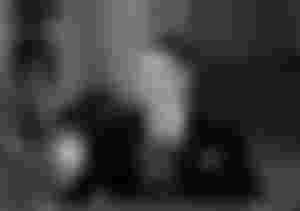
President Reagan was due to speak to the State Union (SOTU) on the night of January 28, 1986. He knew what had happened to the challenger to prepare dinner in front of SOTU, and he knew he had to change the subject of his speech. ...
Peggy Noonan was hired by the Reagan administration to document what would be one of the most memorable mentions in the president's history.
Children Watching The Event Live Were Rushed Back Into Their Classrooms :
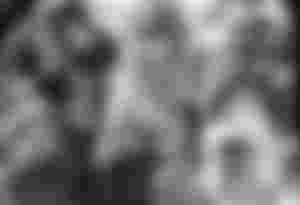
The OnBoard challenger was Christa McAuliffe, Hampshire's assistant who will be the best civilian in space.
The event has been a serious event for students of all ages across the country, and NASA organized an American school to see the start of a dedicated live stream. Children in Florida have seen it outside of school if they are close enough to the Kennedy Space Center.
However, after the Challenger tragedy was broadcast live, the broadcast was stopped and students face-to-face quickly entered.
Reagan Appointed A Special Committee That Included Neil Armstrong To Investigate :

About a month after the Challenger bombing, President Reagan appointed a committee called the Rogers Committee to determine what went wrong. Rogers' mission included Nobel Prize in physics winner Richard Feynman and astronaut Sally Ride. Regan elected Neil Armstrong as the group's vice president.
The committee found that the management of the Marshall Space Center was not interested in astronauts. While advocating for astronauts, Armstrong and Ryde emphasized the importance of continuing to focus on manned space missions rather than unmanned missions. The committee worked closely with Admiral Richard H. to review NASA's organizational structure..
